Mexican Independence Day is a major national celebration that marks Mexico’s break from Spanish rule in 1810. Sparked by the call of Father Miguel Hidalgo y Costilla, it began a long fight for freedom and self-rule. More than a date in a history book, it is a two-day celebration filled with pride, traditions, and joy that spreads across Mexico and beyond.
This article will look at the history of the holiday, the customs people follow, the foods and drinks shared, and the leaders who shaped the struggle. We will also see how different regions celebrate and how Mexican communities around the world join in. Feel the spirit of “¡Viva México!”
What Is Mexican Independence Day?
Mexican Independence Day is the country’s most meaningful patriotic holiday. It remembers the day priest Miguel Hidalgo y Costilla made his famous “Grito de Dolores” (Cry of Dolores) on September 16, 1810. His call to rise up started the Mexican War of Independence, which ended Spanish control in 1821. For many, it represents the birth of the nation and the strength of its people.

Many holidays recall the past, but this one also lives in the present with parades, fireworks, and reenactments of Hidalgo’s call. Mexicans show their heritage with pride, and visitors get a clear view of Mexico’s culture and patriotic spirit.
How does Mexican Independence Day differ from Cinco de Mayo?
People outside Mexico often mix up these two dates, but they are different. Mexican Independence Day is the biggest national holiday and marks the start of the fight for freedom from Spain.
Cinco de Mayo, on May 5, celebrates a single battle: Mexico’s win against the French at the Battle of Puebla in 1862, led by General Ignacio Zaragoza. Outside Puebla, Cinco de Mayo is not a federal holiday in Mexico and is usually smaller than Independence Day. In the United States, Cinco de Mayo often highlights Mexican-American pride and culture, which can lead some to miss the importance of September 16.
Why is Mexican Independence Day celebrated?
The day honors those who fought to end more than 300 years of Spanish rule. It recalls a time when local people, kept out of power and stripped of land and wealth, rose against unfair control. Father Hidalgo’s cry on September 16, 1810, set off a war that lasted ten years and brought independence. The holiday stands for freedom, unity, and the right to shape one’s future.
It also builds national pride. People show Mexico’s culture with music, dance, favorite foods, and the flag. It is a time to remember past struggles and share a sense of identity, bringing communities together.
When Is Mexican Independence Day Celebrated?
Mexican Independence Day is on September 16 each year, with many events starting the night before on September 15. Together, these two days create a steady wave of celebration across the country.
On September 16, the official holiday, government offices, banks, and schools close so people can join parades, civic events, and local gatherings. The scope of the festivities shows how important this date is in Mexico.
Key dates and timelines from the struggle to modern celebrations
- April 21, 1519: Hernán Cortés arrives, beginning more than 300 years of Spanish rule over New Spain (Mexico).
- September 16, 1810: Father Miguel Hidalgo rings his church bell in Dolores and gives the “Grito de Dolores,” calling people to rise up against Spain. This moment is the heart of Independence Day.
- July 1811: Hidalgo is captured and executed, but the rebel forces continue.
- 1812: Ignacio López Rayón and Andrés Quintana Roo lead the first commemoration of the Grito in Huichapan.
- 1813: José María Morelos gathers the Congress of Chilpancingo, declares independence, and names September 16 as a national holiday.
- 1815: Morelos is captured and executed, and the war slows for several years.
- August 24, 1821: Spain signs the Treaty of Córdoba, recognizing Mexico’s independence and ending the war.
- 1825: President Guadalupe Victoria brings back the Independence Day celebration and gives the first official Grito in Mexico City’s Zócalo.
- 1896: President Porfirio Díaz moves Hidalgo’s original bell to the National Palace, where it hangs above the central balcony for the yearly Grito.
- Present Day: On September 16, people across Mexico and in Mexican communities worldwide celebrate with the Grito reenactment, parades, fireworks, music, and shared meals.

Origins and Historical Significance of Mexican Independence Day
The holiday grew out of centuries of colonial rule and a strong wish for self-rule. For more than 300 years, Spain controlled New Spain. Indigenous and local people faced harsh treatment, lost land and wealth, and could not hold office if they were not born in Spain. This unfair system led to growing anger and a push for change.
By the early 1800s, ideas from the Enlightenment and other independence movements in the Americas inspired new leaders to challenge Spanish rule. A small town soon became the place where a national movement began.
The events leading to the Cry of Dolores
In the town of Dolores, Father Miguel Hidalgo y Costilla and allies like Ignacio Allende planned a secret movement for independence. When Spanish officials learned of the plan, the group acted quickly.
On the morning of September 16, 1810, Hidalgo rang the church bell, gathered the people, and delivered the “Grito de Dolores.” While historians debate the exact words, the message was clear: rise up against Spanish rule. What began as a secret plot became a mass uprising and the start of the War of Independence.
Important figures in the independence movement
Hidalgo is remembered as the “Father of Mexican Independence,” but many others played major roles. After his death in 1811, José María Morelos took the lead and proved to be an effective military leader. In 1813, he formed the Congress of Chilpancingo, declared independence, and wrote “Sentimientos de la Nación,” a guiding text that influenced Mexico’s constitution.
Other leaders include Ignacio Allende, an early co-conspirator; Ignacio López Rayón, who helped mark the first Grito anniversary in 1812 with Andrés Quintana Roo; and Vicente Guerrero, who kept fighting after Morelos’s death and helped bring the war to a close. Priests, officers, and community leaders all added to the long and difficult struggle that led to a free Mexico.
Major milestones in Mexican Independence history
The “Grito de Dolores” in 1810 started the war. Early rebel successes were followed by setbacks, including Hidalgo’s execution in 1811, but the effort kept moving forward. In 1813, the Congress of Chilpancingo made a formal declaration of independence and set September 16 as a national holiday.
After Morelos’s execution in 1815, fighting slowed, but the goal did not fade. On August 24, 1821, Spain signed the Treaty of Córdoba, recognizing Mexico’s independence and ending the war. In 1825, President Guadalupe Victoria held a public celebration in Mexico City’s Zócalo, fixing September 16 as the country’s day of remembrance and joy.
Traditions and Cultural Practices on Mexican Independence Day
Independence Day shows national pride through long-standing customs. Reenactments, flags, fireworks, and gatherings bring history to life. From the ringing of a famous bell to music in public squares, each part has meaning.
These traditions connect generations. They remind people of past sacrifices and a shared identity, whether in a big city or a small town.
The Grito de Dolores reenactment
On the evening of September 15, the President of Mexico steps onto the balcony of the National Palace in Mexico City. At around 11:00 PM, the President rings Hidalgo’s bell and gives a version of the Grito, ending with “¡Viva México!” and “¡Viva la independencia!” Crowds fill the Zócalo, often in the hundreds of thousands.
The moment is broadcast across the country on TV and radio. Local leaders lead similar ceremonies in plazas from small towns to major cities like Cancún, Cozumel, Playa del Carmen, and Puerto Vallarta. The shared shouts of pride and freedom make for an unforgettable night.
Raising the Mexican flag and patriotic displays
Across Mexico and in Mexican communities abroad, the flag is everywhere. The green, white, and red stripes hang from homes, businesses, and public spaces. People wear the colors in clothing and accessories. The eagle with a serpent on a nopal cactus in the center comes from an Aztec story about the founding of Tenochtitlan (now Mexico City).
| Flag Color | Meaning |
|---|---|
| Green | Hope |
| White | Purity and unity |
| Red | Blood of national heroes |
Streets fill with decorations in the national colors, including papel picado (decorative paper cutouts). Parades with the military, students, and community groups move through towns and cities. These displays show pride in Mexico and honor those who fought for freedom.
Fireworks, music, and parades
Fireworks light up the sky after the Grito on September 15. The bright shows bring cheers from the crowds and cap the night’s events.
On September 15 and 16, music fills the air. Mariachi bands play classic songs with trumpets, violins, and guitarróns. Folkloric dancers perform regional dances in colorful dress. Parades roll through city centers with floats, bands, and people in traditional outfits. Everyone sings, dances, and shouts “¡Viva México!”

Popular Foods and Drinks for Celebrating Mexican Independence Day
Food and drink are a big part of the holiday. Families cook special meals, street vendors offer favorite snacks, and restaurants serve dishes that fit the mood of the day. The smells of chiles, stews, and sweets invite everyone to join.
Sharing these foods is a way to connect with history and with each other. A meal on Independence Day is a celebration at the table.
Traditional meals enjoyed during the festivities
One of the most famous dishes for this holiday is chiles en nogada. It features poblano chiles stuffed with a savory picadillo (meat, dried fruit, and spices), topped with a creamy walnut sauce (nogada), and finished with pomegranate seeds and parsley. Its green, white, and red colors match the flag.

Other favorites include pozole (hominy and pork soup), birria (spiced lamb or goat stew), tacos in many forms, tamales, menudo (a beef tripe stew), and queso fundido (melted cheese dish).
Mexican drinks served on Independence Day
Adults often enjoy Mexican beer, sangria, and tequila-served neat, in margaritas, or in cocktails. These drinks go well with the food and add to the party mood.
For non-alcoholic options, try traditional ponche (fruit punch) made with fruit like sugarcane, oranges, pears, guavas, raisins, and apples, plus spices like cinnamon and clove. There is something for everyone.
Why food is symbolic during celebrations
Food in Mexico carries stories. On Independence Day, dishes like chiles en nogada act as edible flags that show pride. Cooking and sharing these foods brings families and friends together and ties them to the nation’s past.
Many ingredients also have meaning. Corn has fed people in Mexico for thousands of years and shows deep roots. Flavors blend Indigenous and Spanish traditions, telling a story of strength and change. Eating together honors both history and the spirit of freedom.
Celebrating Mexican Independence Day Across Mexico and Beyond
The holiday brings life to cities, towns, and villages across Mexico. From the capital to coastal resorts, each place adds its own style. The wide participation shows how meaningful the day is for people across the country and for visitors.
Mexicans around the world also celebrate, keeping the memory of independence alive in many places. From large public events to home gatherings, the day crosses borders.
Regional variations in Mexican Independence Day celebrations
While the Grito, fireworks, and flag displays are common everywhere, local flavor adds variety. In Mexico City, the President’s Grito in the Zócalo draws huge crowds. Other regions shape the holiday in their own way.
Along the Riviera Nayarit, towns like Bucerías and Nuevo Vallarta host the Grito in public squares with mariachi and folkloric dance. In the Riviera Maya, resorts such as Barceló Maya Grand Resort hold parades, music shows, and food festivals. These differences reflect Mexico’s wide range of local traditions.
Major events and festivities in key cities and tourist destinations
Popular destinations go big for Independence Day. In Cancún, people gather on Avenida Tulum at midnight on September 15 for the bell and the Grito, followed by fireworks, mariachi, and folk dance. In Playa del Carmen, Quinta Avenida fills with people, and the park in front of city hall hosts the official festival.
In Cozumel, the municipal palace area features a carnival, rides, food stands, and dance groups, ending with a parade along the waterfront on September 16. In Puerto Vallarta, the Grito at Plaza Principal on September 15 leads into a late-night fireworks show on the Malecón, with live music and dancing lasting into the night.
How Mexican Independence Day is celebrated internationally
This holiday is also marked around the world, especially by the Mexican diaspora. Mexican communities honor their roots and celebrate freedom, keeping the spirit of September 16 alive far from home. While events may be smaller than in Mexico City, the pride remains strong.
In U.S. cities with large Mexican populations-such as Los Angeles, Chicago, and Houston-parades, cultural festivals, and community events are common. These often include mariachi music, traditional dance, regional foods, and displays of the green, white, and red flag. Schools and cultural groups may offer lessons on the history and meaning of the day. These gatherings help people stay connected to their heritage and pass traditions to the next generation.
Tips for an Authentic and Enjoyable Mexican Independence Day Celebration
You can fully enjoy this holiday whether you’re in Mexico or abroad. A little planning and a welcoming spirit can make the day special. It’s not just about watching a parade; it’s about feeling part of Mexico’s story, present, and pride.
From joining street events to celebrating at home, there are many ways to take part and make lasting memories.
Ways to get involved in local and community festivities
If you’re in Mexico, head to the main plaza (zócalo) on the evening of September 15 for the local Grito de Dolores. After the ceremony, stay for fireworks and live music. On September 16, watch parades with students, community groups, and the military, all wearing the national colors.
Many towns and cities host fairs with food stalls, games, and cultural shows like folkloric dance and mariachi concerts. Join the crowd and shout “¡Viva México!” Resorts such as Barceló Maya Grand Resort or Villa del Palmar Flamingos often offer planned experiences with parades, traditional food, and live shows, which can be a comfortable way to celebrate.
Ideas for celebrating at home or abroad
If you can’t travel, bring the holiday home. Decorate with green, white, and red, and hang papel picado. Cook a Mexican meal-chiles en nogada if you can, or tacos, tamales, pozole, or churros. Serve Mexican beer, sangria, tequila, or a homemade ponche.
Play mariachi or regional music. Watch a live broadcast of the President’s Grito on the night of September 15 to feel connected. In your area, look for community events hosted by Mexican groups. A home celebration is a great way to share Mexican culture and history with family and friends.
Resources for learning more and teaching about Mexican Independence Day
To learn more, read books and watch documentaries about the War of Independence and key figures like Miguel Hidalgo y Costilla and José María Morelos. Trusted websites on Mexican history and culture can also help.
For teachers and parents, tools from sites like Twinkl can be useful, such as a Mexican Independence Day PowerPoint, art project packs, banners, and pamphlets. These materials can explain the Grito de Dolores, the flag’s symbols, and the value of freedom. Try activities like making a timeline of major events, discussing traditional music and art (for example, works by Frida Kahlo), or learning simple regional dances.
Frequently Asked Questions about Celebrating Mexican Independence Day
Is Mexican Independence Day the same as Cinco de Mayo?
No. Independence Day is on September 16 and marks the start of the fight against Spain in 1810. Cinco de Mayo is on May 5 and marks the 1862 Battle of Puebla against the French.
What is the “Grito de Dolores”?
It is Father Miguel Hidalgo y Costilla’s call to rise up on September 16, 1810, which began the War of Independence. The President of Mexico and local officials reenact it every year.
When do the main celebrations for Mexican Independence Day take place?
The official day is September 16, but the biggest public events-especially the Grito-happen on the night of September 15 and continue through the 16th.
What are some traditional foods for Mexican Independence Day?
Popular dishes include chiles en nogada, pozole, tamales, birria, and many kinds of tacos. Drinks often include Mexican beer, tequila, and ponche (fruit punch).
Are banks and schools closed on Mexican Independence Day?
Yes. September 16 is a national holiday, so government offices, banks, and schools close.
How can I celebrate Mexican Independence Day if I’m not in Mexico?
Decorate with flag colors, cook Mexican food, play mariachi music, and look for local cultural events or community gatherings.
Who was Miguel Hidalgo y Costilla?
He was a Catholic priest and is known as the “Father of Mexican Independence.” He began the movement with the Grito de Dolores on September 16, 1810.
What do the colors of the Mexican flag represent?
Green stands for hope, white for purity and unity, and red for the blood of national heroes.
Is Mexican Independence Day celebrated in the United States?
Yes. Mexican communities in the U.S. often hold parades, festivals, and cultural events to honor the day and their heritage.

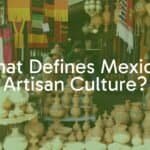



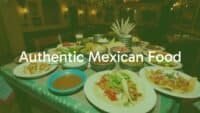
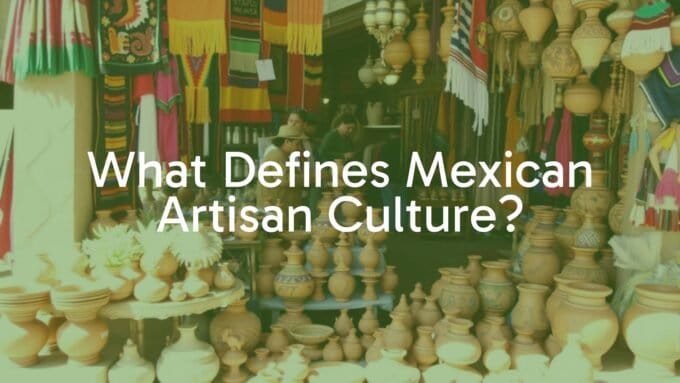
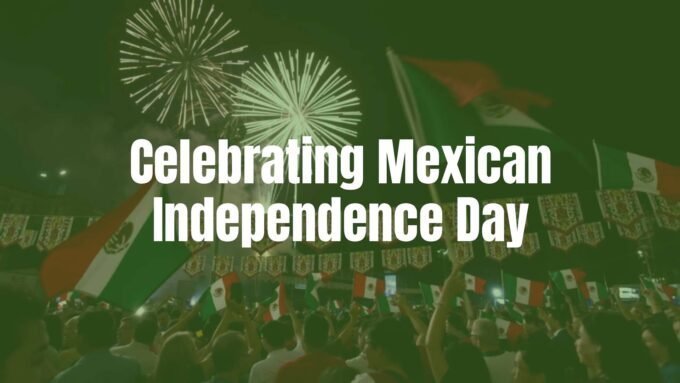
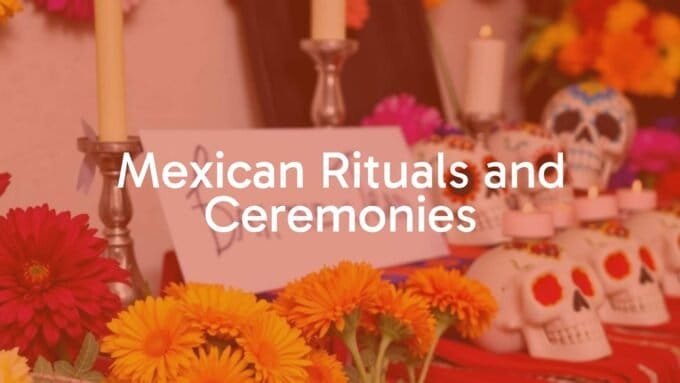
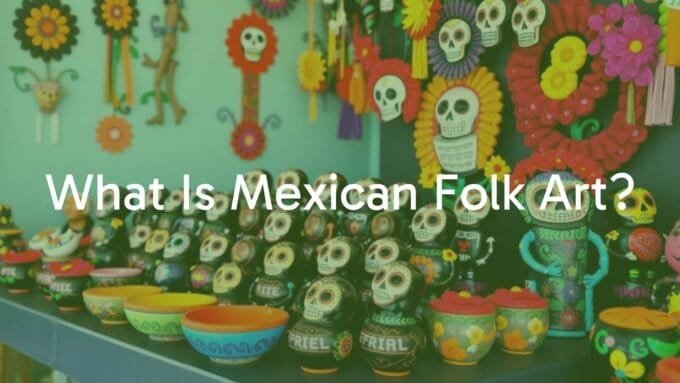
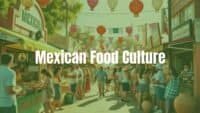
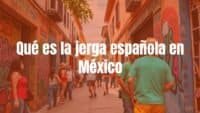
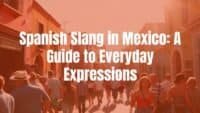
Leave a comment